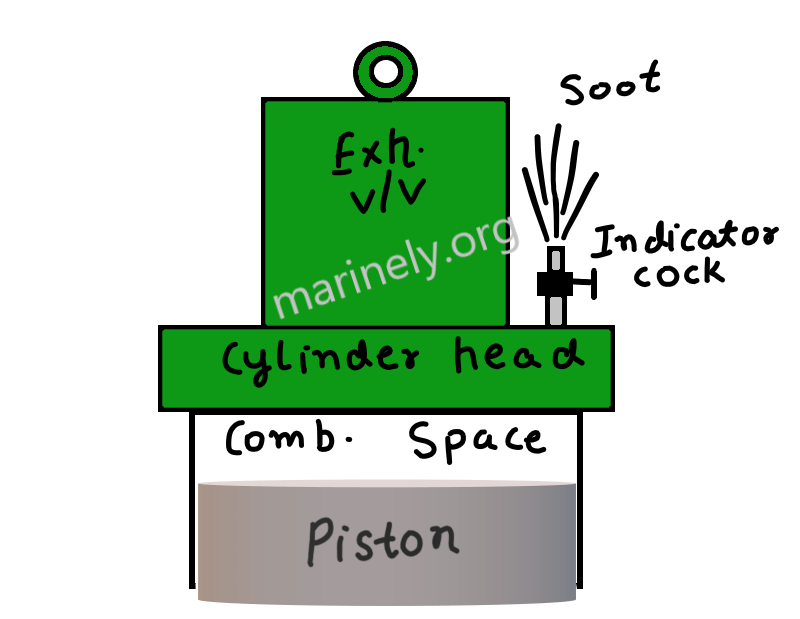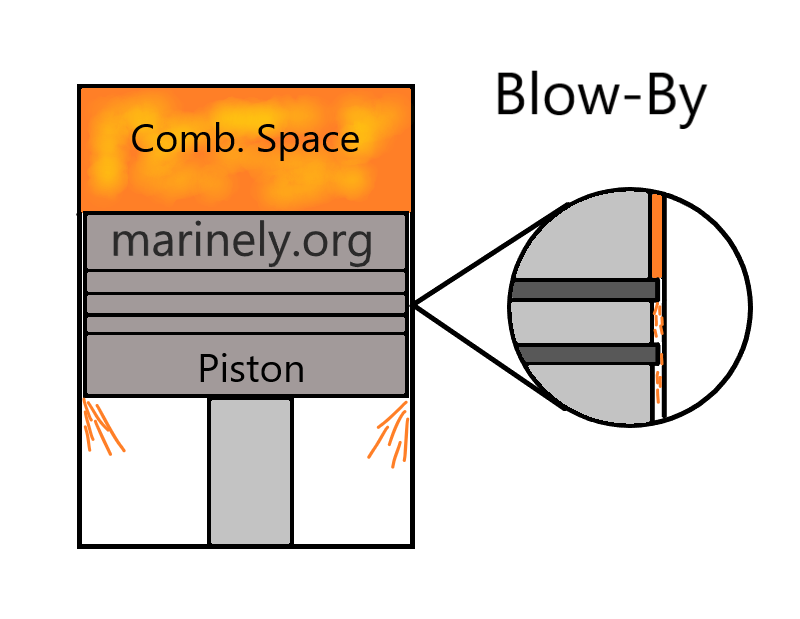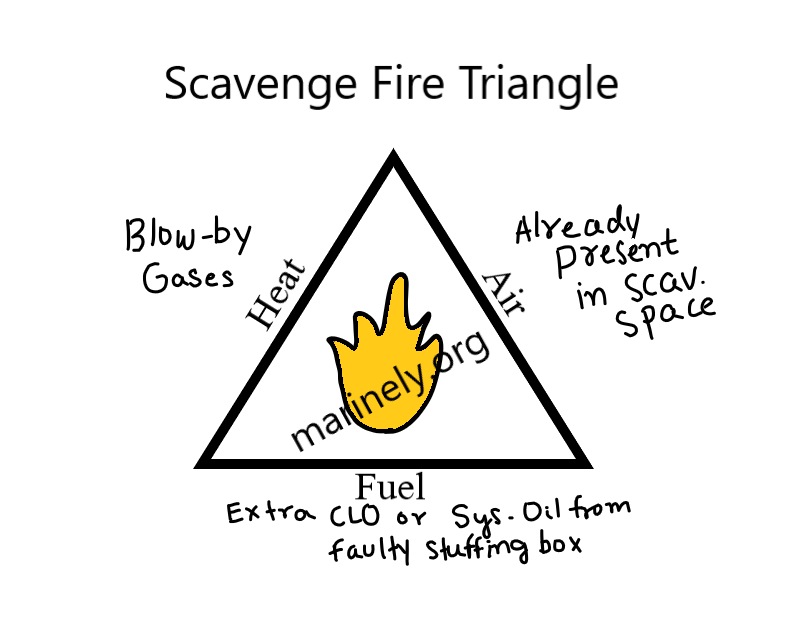Types of Blows in Engine Room
Situation:-
Cadet(on main engine platform)- (on Radio) Chief, we are ready to blowdown the engine.
Chief(in ECR)- Okay, come to ECR first. I will do the engine blow-through later, first I need to blow-down your concepts.
Hi There.
We all get blows in our life, and so does our engine room onboard. Well, the marine engineers reading this, might have already guessed about the terms- Blow-down, Blow-through, and Blow-by. People often get confused between these three. That’s the reason we are here with this topic.
Before we start this journey of differentiating between the three, can you find out what’s common between them? Hint- Something with the flow!
The answer is all three events are related to the flow of fluids. Just a quick recap- A fluid is something that can flow.
Blow-down
This event is related to boilers and refers to draining the water from the boiler. It is done in one of the following situations but not limited to the below:
- High water level in the boiler- This generally happens at the start of the boiler from cold condition. The water is in cold condition and when heated- expands volumetrically. To mitigate high-level alarm, some amount of water is drained from the boiler. In case of a faulty boiler water level controller, the water level may increase/decrease w.r.t the normal level during operation. If it increases, boiler blow-down comes to our primary rescue.
- Ingress of oil- If by any chance, boiler feed water gets contaminated with oil- it needs to be removed immediately. Top/Scum blowdown will be done to remove oil. (Oil is lighter and hence will float on the top.)
- Wrong Chemistry- Boiler water is tested regularly for Salinity, pH, Alkalinity, Conductivity, etc. In some cases of wrong chemistry like High Salinity, High conductivity- Boiler is blowed-down frequently.
We have two types of blowdowns- Scum/Top Blowdown and Bottom Blowdown. Below is a diagram representing the same.

Blow-Through
This event is related to Main Engines and refers to blowing air through the cylinders to remove soot particles(It was too late for the Cadet!). Do you know what did the cadet do before reporting Engine ready for blowdown-Oops! Blow-Through? The answer is opening the indicator cock of each unit, apart from all the checks that need to be done.

But, the purpose of blow-through is not limited to the above. If by any chance the jacket cooling water leaks into the cylinder, blow-through helps you detect that. If water comes out of the indicator cocks, this indicates a water leak in the cylinder(and a lot of work for the engine room team!). Blow-through also ensures free movement of the engine.
During blow-through, the starting air(19-30 bar) enters the cylinders as per the firing order. The indicator cocks need to be closed after the blow-through.
Blow-By
Also known as blow-past, this event is related to Main Engines and refers to leaking combustion gases from the piston rings due to inappropriate sealing between the rings and cylinder.

This is a nightmare for any Chief Engineer. Do you know why?
This is because this increases the chance of a scavenge fire. Referring to the fire triangle, the fire needs three elements- Air(present in copious amount in scavenge space), Combustible material(Extra Cylinder LO or System oil from worn-out stuffing box), and Heat(Blow-by gases carry it). This unwanted love triangle here can lead to a disastrous event called Scavenge Fire, which will not be loved by anyone.

If it is such a concern, we must have some method for detection. Seems logical, right? Well, a higher scavenge temperature indicates the possibility of blow-past. Immediate action would be to slowdown the engine to reduce the blow-past gases temperatures. Thermal Cameras and guns are used to get a picture of what’s going on the other side of the scavenge doors. If required, the fixed fire fighting system needs to be engaged.
Don’t worry, we will cover this in more detail soon.
With that, we have reached the end of this “Blow” journey.
| Event | Machinery | Gist |
| Blow-down | Boiler | Draining Water |
| Blow-through | Main Engine | Cleaning the combustion space |
| Blow-by | Main Engine | Leaking comb. gases |
People say our Chief Engineer told our cadet to read this blog. Well, this love story between Chief and Cadet will continue, but what won’t continue is your confusion between Blow-down, Blow-Through, and Blow-By.
Hoping you gained some value from this.
Thanks for reading, Cheers!
By:- Abhishek


